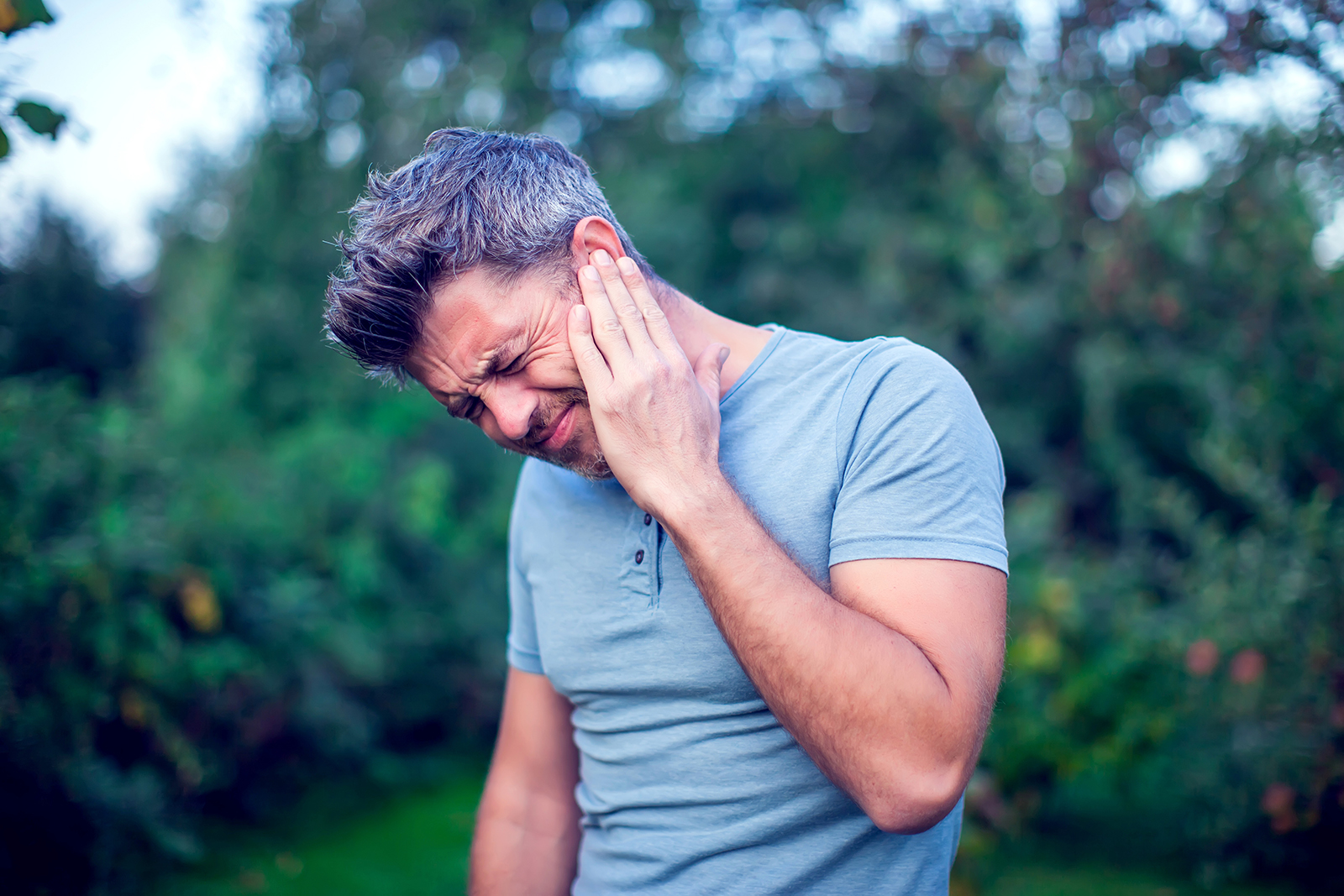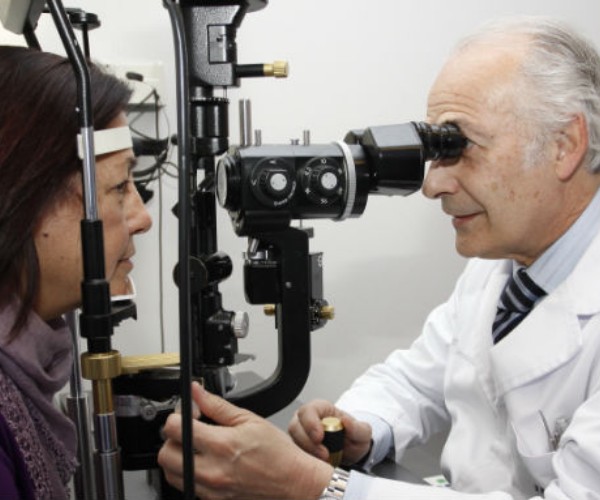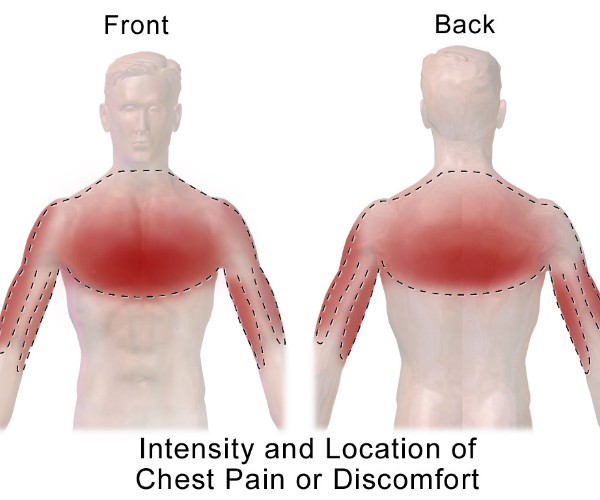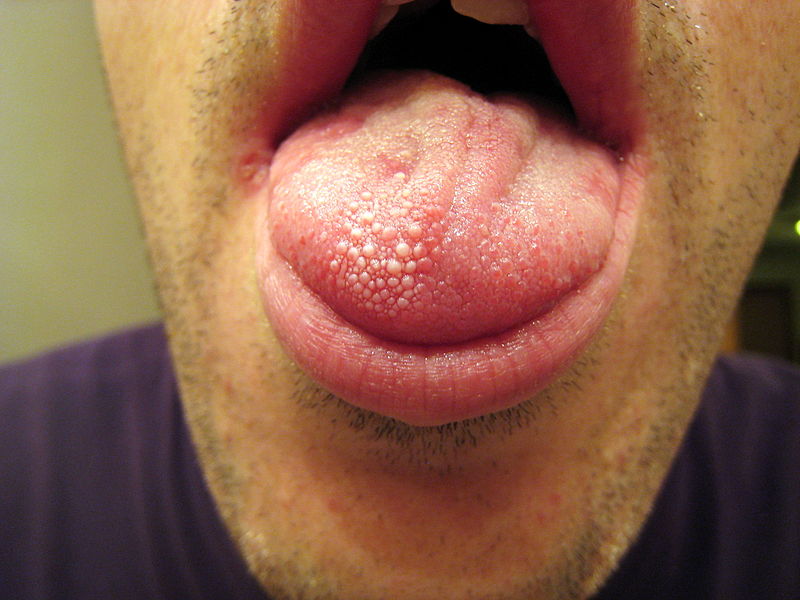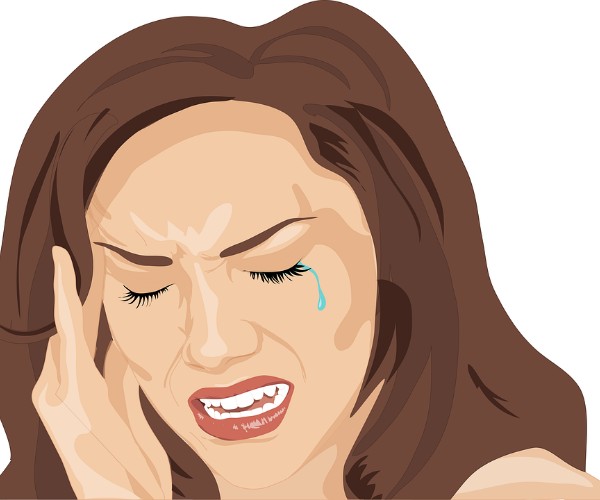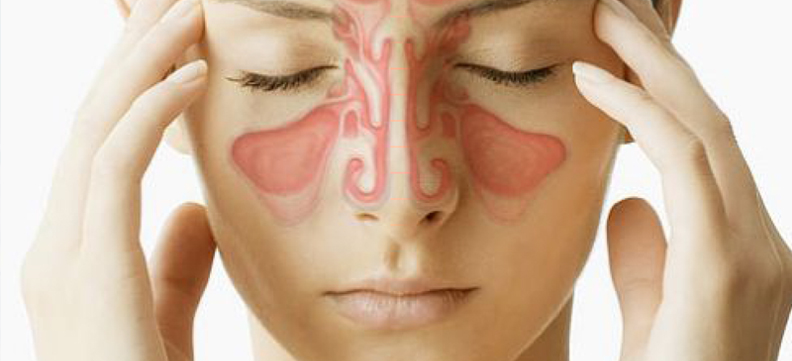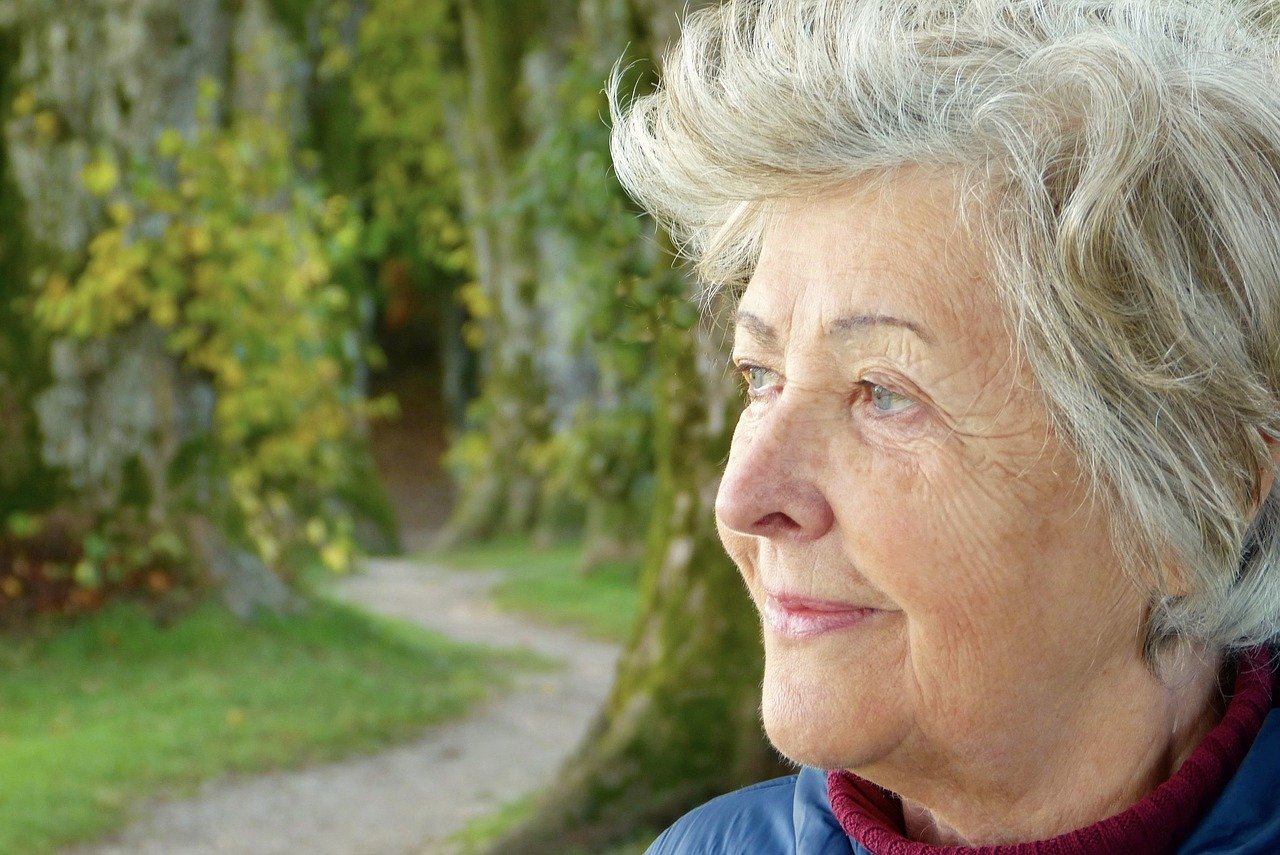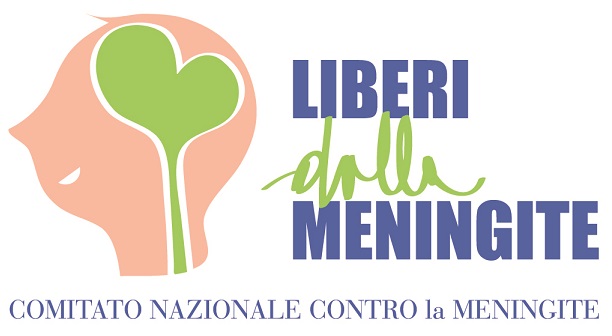Various forms of allergies and asthma have been known to be continuously increasing diseases for many decades already due to many reasons, including:
- climate change.
- The different family histories.
- The births of premature babies.
- Insufficient lung development in the first months of life.
- The incidence of some respiratory diseases.
- Insufficient immune development in children, who are no longer exposed to defend themselves against insidious bacteria due to improved hygiene and prophylaxis conditions.
- Exposure to secondhand smoke early in life.
- An exponential increase in overweight and obesity.
Certainly there are then other concomitant factors that can significantly affect such as the development conditions of the population, social problems, poverty levels, and even geographical locations of growth and living.
In the urban areas, especially those near industrial settlements that cause dispersion of dust and pollutants into the atmosphere, significant increases in asthma but also other allergic forms are observed, resulting in school absences of children and work absences of their parents, emergency hospitalizations for respiratory emergencies or anaphylactic risks.
High-density urban centers are home to mold, dust mites, airborne suspensions of dust and pollutants, as well as automotive exhaust or home heating gases. This is sometimes compounded by poor environmental hygienic conditions due to the presence of mice, cockroaches, and other insects attracted by stagnant air, and last but not least cigarette smoke, which is widespread in work and leisure environments.
The polluted environment, the scarcity of green spaces, and the need to keep infants and children protected from so many dangers, while preserving them from health problems, does not allow for adequate strengthening of the immune system.
A necessarily more “sheltered” type of life gradually goes to reduce physical activity, the amount of light and sunshine for vitamin D, while food allergies, asthma, skin reactions such as eczema come forward.
In rural areas, data on diseases such as asthma and other allergies such as food or dermatology are halved, due to the fact that the birth and growth of children takes place in more natural environmental conditions, where there is greater proximity to nature’s greenery, animals, and accompanying hygienic conditions, factors that contribute to the strengthening of immune system.
Proximity, while growing up, to plants, nature’s products, grain, sunlight and air surely are factors that will go a long way toward reducing the incidence of respiratory disease, asthma and other allergies.
However, the various data on the incidence of allergic diseases between urban and rural environments are not sufficient to provide definitive answers.
It is the environmental conditions that gradually act on the different allergic responses between those living in the respective environments, so those who were born and raised in city-type environmental conditions may not “ipso facto” resolve their pathology by living in a natural environment such as a farm.
Thus, the differences between the two conditions of growth and life cannot definitively shift the assessment of quality of life and health protection in favor of one or the other.
Even in a rural environment, health risk factors may arise over time, perhaps different from those occurring in a city environment, such as:
- Increased exposure to pollen from both flowers and plants of many varieties.
- Harmful spores and molds.
- dust from the different collections.
- Pollutant particles from coal-burning substances.
- pollutants moved by the wind.
- Displacement of health facilities with distances to travel.
In case of emergencies, it should be mentioned that as technology advances, it will gradually be possible to connect rural centers with territorial hospitals and specialized centers by using telemedicine to transmit data on allergic patients, resolving at least the objective examination and collection of amnistie data remotely, entrusting local primary care with examinations such as spirometry and skin tests, whose data can then be transmitted remotely.
Other measures, regardless of whether you live in an industrial area, in a city or in the countryside, cover a range of interventions aimed at reducing the impact on allergies, such as:
- Reduce allergens in home environments by eradicating mites with pest control products.
- Use dust mite-proof mattresses and pillows.
- Prefer wood or marble floors, avoiding the contraindicated carpeting.
- Establish hygienic maintenance rules for pets.
- Keep the bedroom out of reach of dogs and cats.
- Improve air quality with suitable air purifiers.
- Avoid the use of chemicals when cleaning floors, bathrooms and furniture.
- Avoid the use of air fresheners or personal perfumes.
- Remediate walls where there are water leaks, where moisture encourages mold and pests to take root.
- Maintain a constant indoor temperature in the home by avoiding hot/cold surges harmful to conditions such as asthma.
In short, both city and rural life respectively have many undeniable advantages, but both carry a number of health risks, so it is better not to categorize but to identify those practical solutions that from time to time are the best protection for keeping healthy by preventing ailments and diseases.











